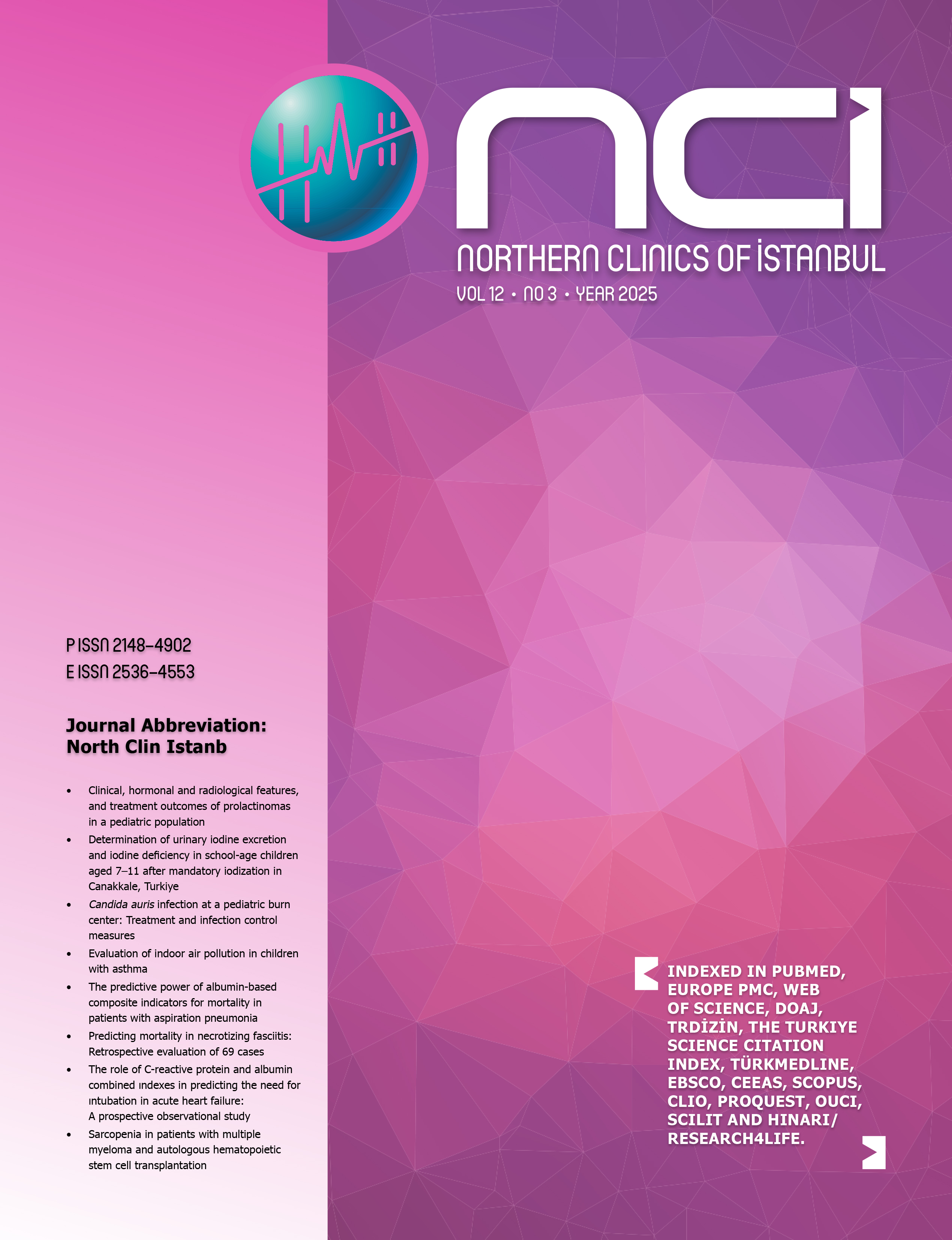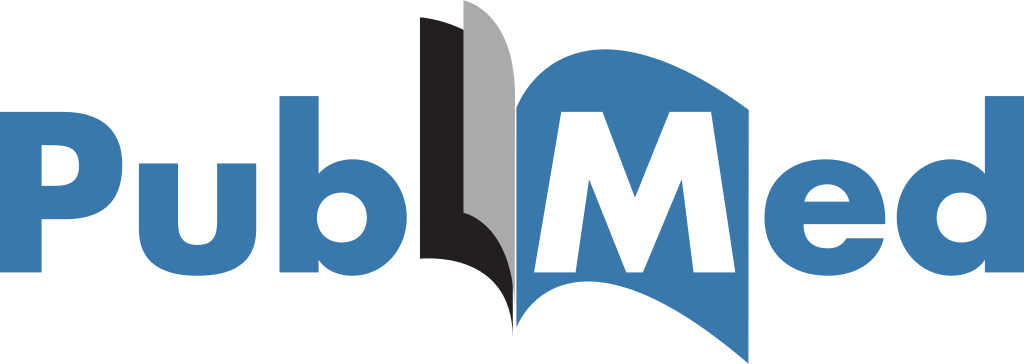Is mediolateral episiotomy angle associated with postpartum perineal pain in primiparous women?
Halenur Bozdag1, Esra Akdeniz2, Dondu Demirel Durukan3, Erol Arslan4, Meryem Hocaoglu11Department of Obstetrics and Gynecology, Istanbul Medeniyet University Göztepe Training and Research Hospital, Istanbul, Turkey2Division of Biostatistics, Marmara University Faculty of Medicine, Istanbul, Turkey
3Department of Obstetrics and Gynecology, Yedikule Surp Pirgic Armenian Hospital, Istanbul,Turkey
4Department of Obstetrics and Gynecology, Cukurova University Faculty of Medicine, Adana, Turkey
OBJECTIVE: Our aim is to elucidate the relationship between mediolateral episiotomy (MLE) angle and postpartum perineal pain.
METHODS: This study was designed prospectively. Primiparous women with MLE in the postpartum period were included in the study and divided into three groups according to episiotomy angle ranges (Group 1: <40°, Group 2: 40°60°, and Group 3: >60°). Postpartum perineal pain was quantified with the short-form McGill Pain questionnaire (SF-MPQ) consisting of the following three parts: Sensory-affective-verbal descriptions, visual pain scale (VPS), and present pain intensity scale (PPI). Postpartum perineal pain scores on days 1 and 7 were compared among the angle group.
RESULTS: Overall, 86 eligible women were enrolled in this study. Seventy-three women (85%) scored the perineal pain between 0 and 3 on the VPS and 13 women (15%) rated the pain from 4 to 6 on the 1st postpartum day. No significant differences were noted among the three groups regarding the total pain scores on SF-MPQ and on the each part of form at the 1st postpartum day. At 7 days postpartum, total pain score was found significantly high in Group 1 [Med; IQR (min-max)=0; 4 (05)] compared with Group 2 [Med; IQR (min-max)=0; 0(05)]. The pain scores obtained from the sensory, affective, VPS, and PPI parts of the questionnaire were [Med; IQR (min-max)=0; 1 (02)], [Med; IQR (min-max)=0; 1 (01)], [Med; IQR (min-max)=0; 2 (02)], and [Med; IQR (min-max)=0; 0.25 (01)], respectively, in Group 1. For Group 2, pain scores obtained from the sensory, affective, and PPI were [Med; IQR (min-max)=0; 0(0-1)]; and VPS was [Med; IQR (min-max)=0; 0(0-2)]. No significant differences were observed between Groups 1 and 2 for each part of the questionnaire on day 7. Percentage of need for analgesics on day 7 was found significantly higher in Group 1 (42.9%) than Group 2 (31.2%)
CONCLUSION: MLE at an angle <40° to the midline is associated with a higher score of perineal pain and an increase need for analgesics during the early postpartum days.
Mediolateral epizyotomi açısı primipar kadınlarda postpartum perineal ağrı ile ilişkili midir?
Halenur Bozdag1, Esra Akdeniz2, Dondu Demirel Durukan3, Erol Arslan4, Meryem Hocaoglu11İstanbul Medeniyet Üniversitesi, Göztepe Eğitim ve Araştırma Hastanesi, Kadın Hastalıkları ve Doğum Kliniği, İstanbul2Marmara Üniversitesi Tıp Fakültesi Biyoistatistik Bilim Dalı, İstanbul
3Yedikule Surp Pirgic Ermeni Hastanesi Kadın Hastalıkları ve Doğum Kliniği, İstanbul
4Çukurova Üniversitesi Tıp Fakültesi Kadın Hastalıkları ve Doğum Anabilim Dalı, Adana
GİRİŞ ve AMAÇ: Bu çalışmada mediolateral epizyotomi açısı ile doğum sonrası perineal ağrı arasındaki ilişkiyi araştırmayı amaçladık.
YÖNTEM ve GEREÇLER: Bu çalışma prospektif olarak düzenlendi. Postpartum dönemdeki mediolateral epizyotomili primipar kadınlar çalışmaya dahil edildi ve epizyotomi açı aralıklarına göre üç gruba (grup1: <40°, grup2: 40°60°, gr up3: >60°) ayrıldı. Postpartum perineal ağrı, duysal-affektif-sözel açıklamalar içeren kısa- McGill Ağrı sorgu formu (SF-MPQ), Visual Pain Skala (VPS) ve Present Pain Intensity (PPI) skala ile sayısal olarak değerlendirildi. Postpartum birinci ve yedinci gün perineal ağrı skorları açı grupları arasında karşılaştırıldı.
BULGULAR: Toplamda, çalışmaya 86 olgu dahil edildi. Postpartum birinci günde, 73 kadın (%85) perineal ağrısını VPSda 0 ile 3 arasında, 13 kadın (%15) ise 4 ila 6 arasında skorlandırdı. Postpartum birinci günde, SF-MPQ ve formun her bölümünden elde edilen total ağrı skorları açısından üç grup arasında fark görülmedi. Postpartum yedinci günde, total ağrı skoru grup 1de [Med;IQR(min-max)= 0;4(05)] grup 2ye [Med;IQR(min-max)= 0;0(05)] kıyasla anlamlı olarak yüksek bulundu. Grup 1de sorgulama formunun duysal, affektif, VPS ve PPI bölümlerinden elde edilen ağrı skorları sırayla [Med;IQR(min-max)= 0;1(02)], [Med;IQR(min-max)= 0;1(01) ], [Med;IQR(min-max)= 0;2(02)] ve [Med;IQR(min-max)= 0;0.25(01)] olarak bulundu. Grup 2 için, duysal, affektif ve PPI skaladan elde edilen ağrı skorları [Med;IQR(min-max)= 0;0(0-1)] idi; VPS [Med;IQR(min-max)= 0;0(0-2)] dır. Yedinci günde sorgu bölümünün her bir bölümü için grup1 ve 2 arasında anlamlı fark gözlenmedi. Yedinci günlerde analjezik ihtiyacı yüzdesi grup1de (%42.9), grup 2den (%31.2) anlamlı olarak daha yüksek bulundu.
TARTIŞMA ve SONUÇ: Orta hatta 40°den daha yakın mediolateral epizyotomi açısı, daha yüksek perineal ağrı skoru ve erken postpartum dönemde analjezik ihtiyacı artışı ile ilişkilidir. (NCI-2020-0049.R1)
Manuscript Language: English





















